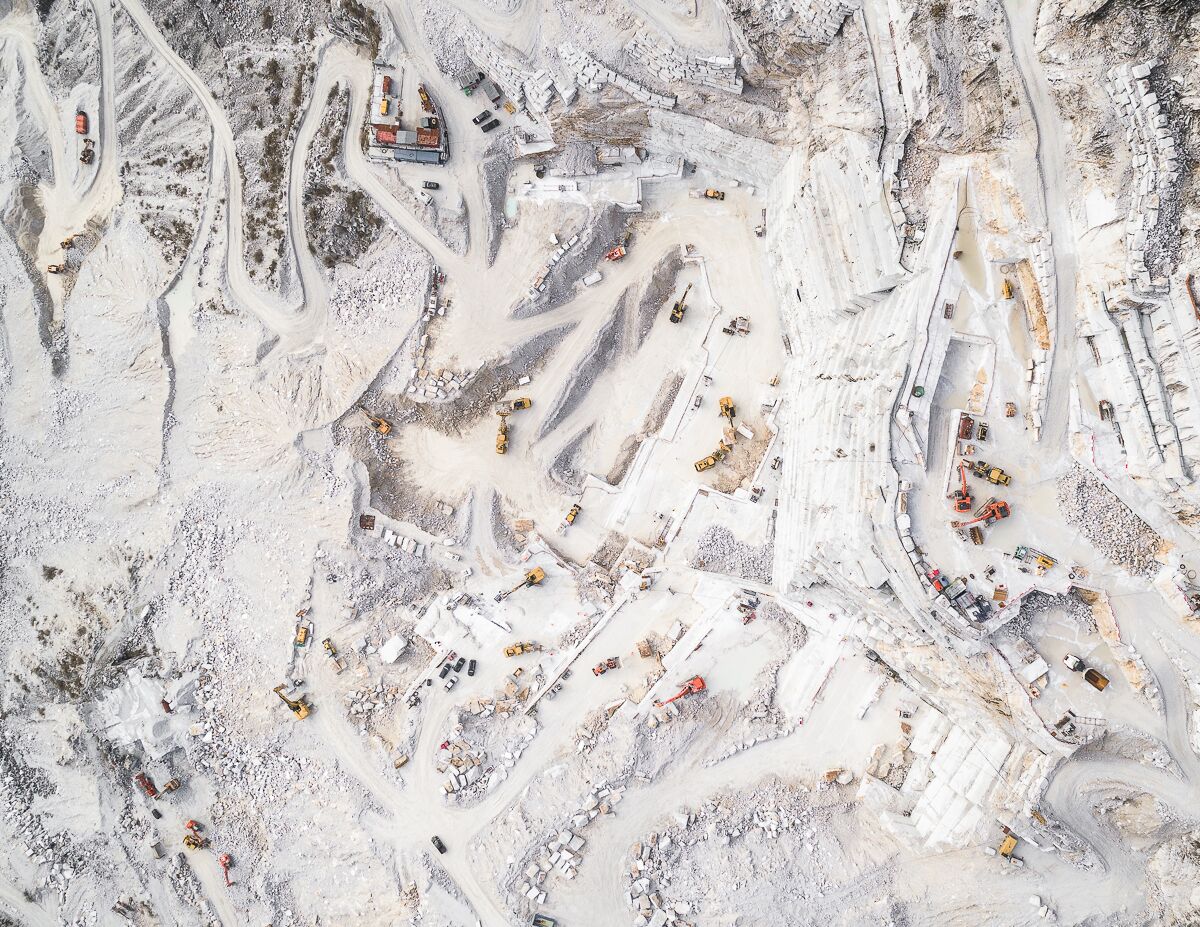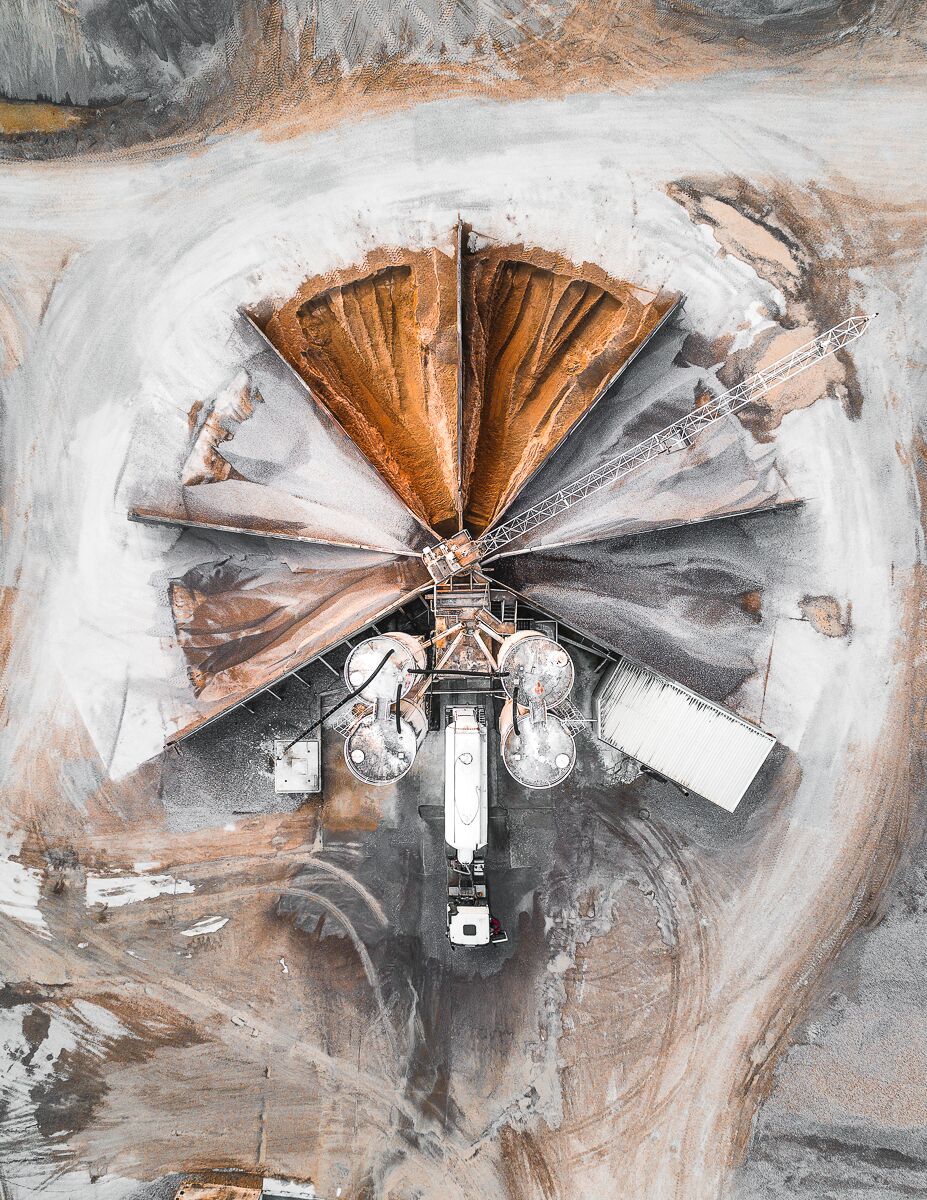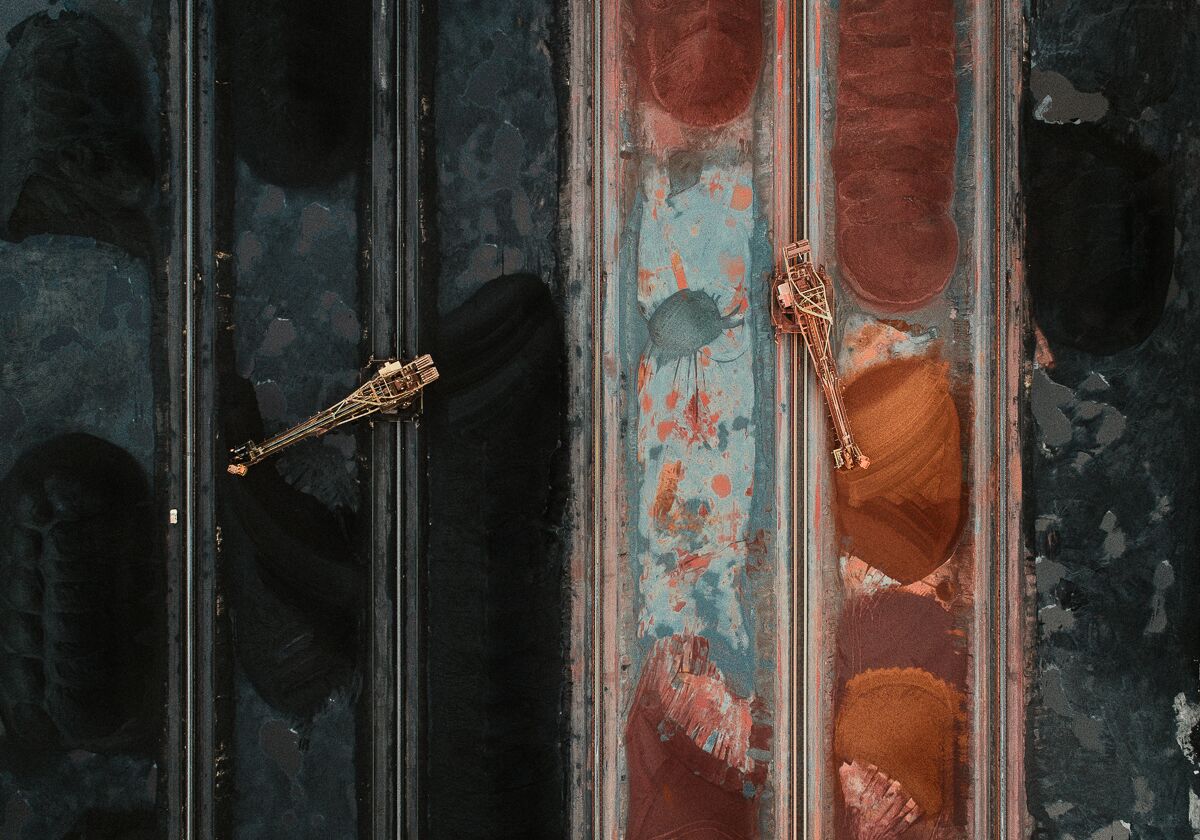1. What was your path to become a photographer?
I actually studied Communication Design in Germany and in the United Kingdom from 2011 – 2017. Before that, I started off with classic landscape photography in 2010 but soon realized that those sugarcoated shots do not represent their real environment. I began to question the term »landscape« in the sense of "landscaping". As a consequence, I now focus on landscapes that show the impact of human prescience on earth.
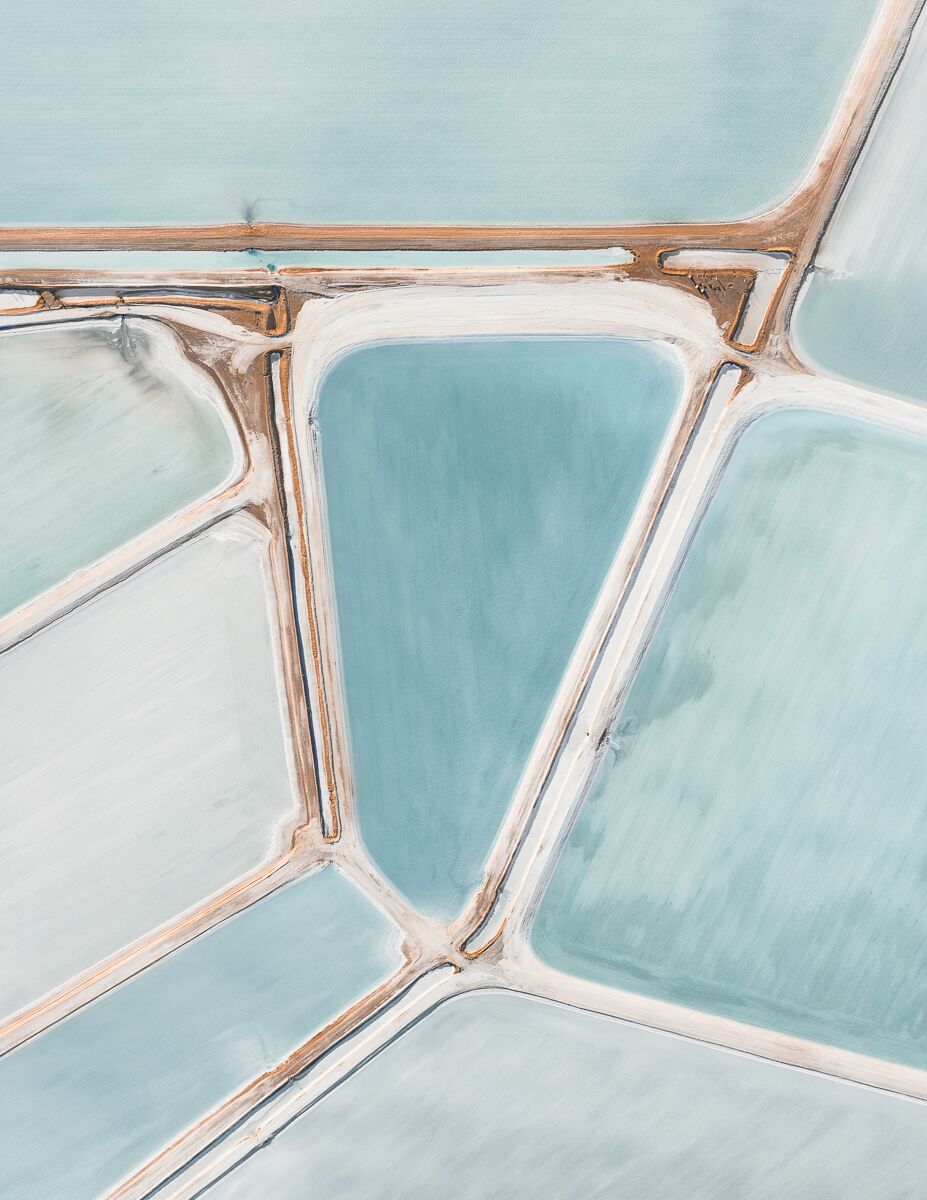
2. You are famed for your aerial photography, can you tell us more about your method of working?
I am interested in the concept of the Anthropocene. It is a term used by scientists which theorize that humans, in recent centuries, have become one of the most important factors influencing the biological, geological and atmospheric processes on earth. Some of the most significant changes in the Anthropocene include climate change, the ozone hole in the Antarctic, rapidly rising sea levels, and landscape changes caused by river shifts or the degradation of raw materials. In my photography, I explore the origin and scale of that idea to understand the dimensions of man's intervention in natural spaces and to direct attention toward how humans can take responsibility. Aerial photography is a compelling way to document those interventions because it makes the dimensions of human force on earth visible. I am also fascinated by the abstraction that comes with the change of perspective; seeing something familiar from a new vantage point that you are not used to. I use abstraction and aestheticization as a Language to Inspire people and also to offer the viewer a connection to the subject as they need to decode what they are looking at.
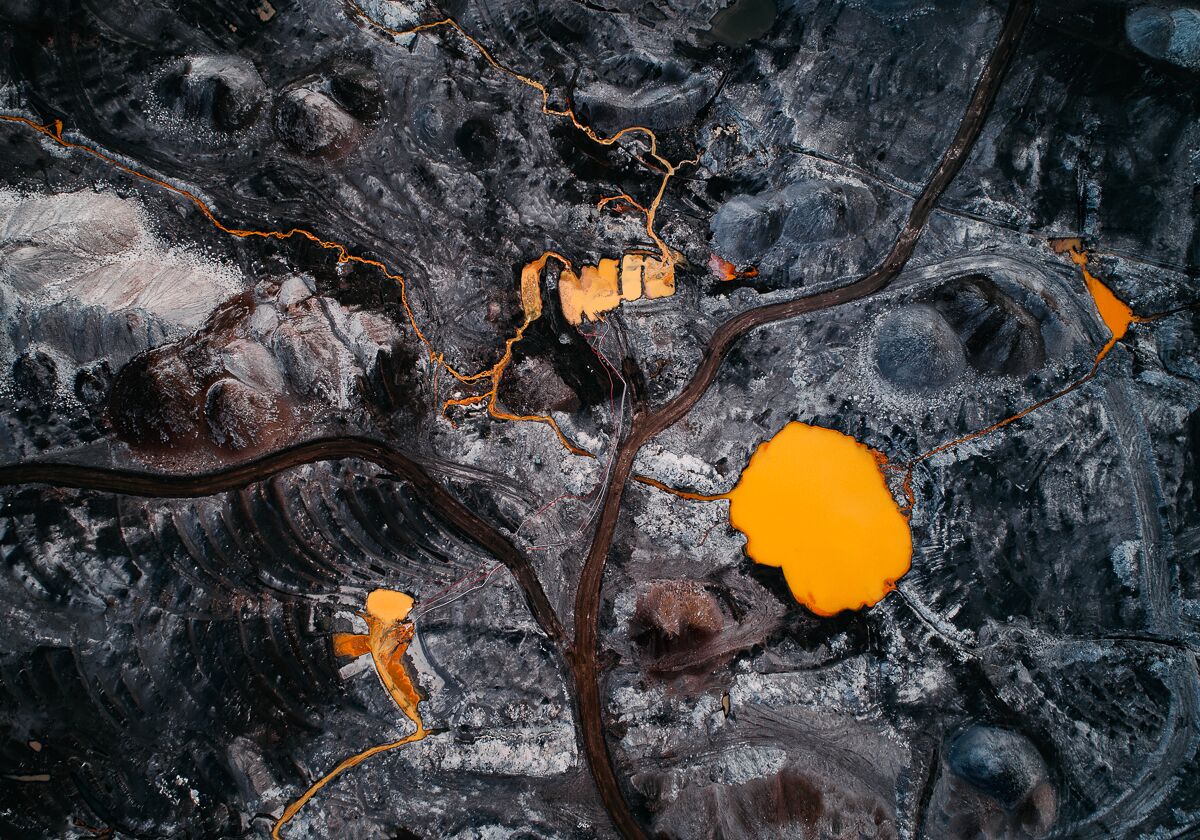
3. What are the challenges of aerial photography?
Aerial photography can be quite stressful because up in the air, you have to be very quick. Concentration and focus need to be absolute. On top, a lot of my projects include an enormous amount of research on the subject, the area and the technical requirements. Before flying, I have quite an exact idea in mind, of what I would like to photograph. Also, there is a big difference in shooting from an airplane rather than a helicopter or working with a drone. Helicopters and drones can hover over one particular spot. Airplanes not. And for some projects, I need a small airplane to cover large areas. Shooting from a plane is like photographing an animal in 500-meter distance out of an open window of a moving car with 150km/h, with a 200mm zoom lens.
4. Your photographs often look like abstract work, where do you draw your inspiration from?
I do get a lot of inspiration from reading, watching documentations and visiting art exhibitions. When I find a topic which is appealing to me, I start research on it and how to build a story around it.
5. Are you a meticulous pre-planer spending more time researching areas for your series or do you prefer creating images spontaneously?
Absolutely pre-planer. It takes a whole lot of preparations to get an aerial project on track. I am always planning my projects a good time before the actual production. Preparation is really important when it comes to aerial photography. It really helps for a safe and successful aerial production. I use different tools and satellite image software to get a better idea of the location before I visit it. I basically work with a four-step-method of research, concept, execution and evaluation.
6. Can you tell us a bit more about one of your series – what is the story behind it, when/why/how it was created?
Last year, I travelled to Greenland to document the effects of global warming on the Arctic Ice Sheet. Below two degrees Celsius above the pre-industrial level. This is the agreed target signed in 2015 by 197 countries under the Paris Climate Convention to limit global warming and avoid the catastrophic consequences of climate change. Worldwide, the average surface temperature has already risen to one degree Celsius by 1880 compared to the pre-industrial era - half of the critical limit has therefore already been reached. The Arctic is the fastest-warming place on our planet and provides the first indication of how climate change is affecting the earth's ecosystem. When you think about the Arctic, you would probably think about a vast landscape of white ice. But in fact, the surface of the Arctic Ice Sheet is not a seamless plain of ice, it's more like Swiss cheese, covered with thousands of seasonal rivers and lakes on the surface through which meltwater is able to flow over the ice, enter into the ice and then flowing downstream into the ocean.
The Greenland ice sheet alone contains enough water to raise the global sea level by more than 7 meters. Global sea levels are expected to rise to more than 60 centimetres by the end of this century, with far-reaching consequences for large parts of the world's population. THE TWO DEGREES CELSIUS SERIES shows a place where the consequences of global warming are already visible today and to illustrate, that global warming is not just something that politician are discussing but it is happening right in front of our eyes.
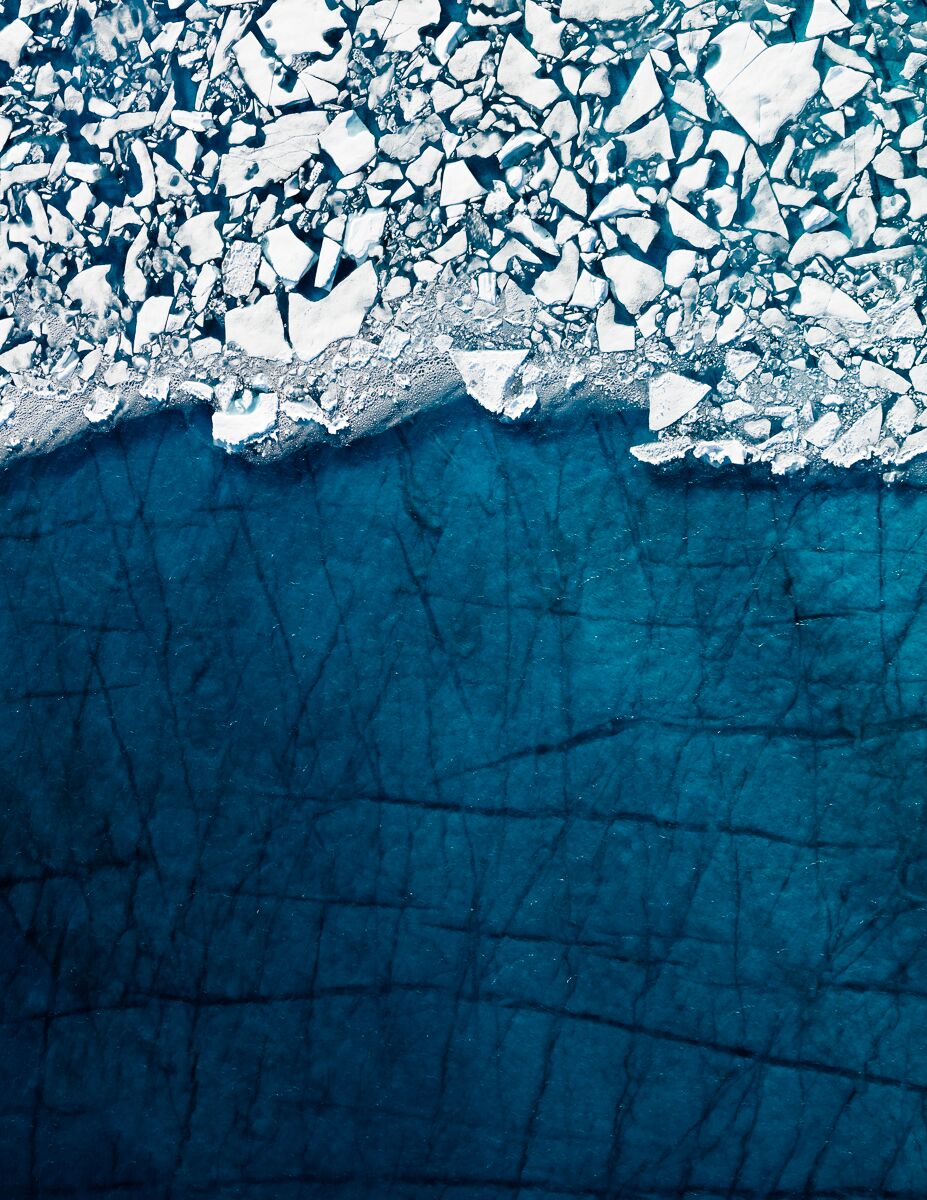
7. Do you find printing your images yourself as an integral part of image creation or do you use professional labs?
For my fine art prints, I mainly use professional photo labs that have state of the art printing machines, best quality paper and work close together with framers. However, I find it absolute important to have the final image printed as well, as it makes the process of documenting a particular landscape complete. I do sell fine art prints of all of my work in limited editions. Some of my photos are held in private and public collections.
8. Do you think that social media is killing photography or playing an important role in promoting your work? How involved are you in your online presence?
Social media has a tremendous impact on the way we look and consume photography today. In fact, the field of image creating became even more democratic and the difference between professional photographers and amateurs are closer than never before. However, I don't think that quality became significantly better. I see a lot of work out there that is created to fit a certain audience, especially on Instagram, without getting in-depth into photography, a story or a meaning behind the photo. On the other side, social media platforms are an excellent opportunity to reach people and share an idea with a broad audience.
9. Do you have any plans for exhibitions, books or any interesting projects coming? Can you tell us a bit more about your artistic plans for the next couple of years?
Overall, I would like to keep the focus on documenting the relationship between man and nature by photography. (Unfortunately) there are a lot of stories that can be told, in order to create awareness to environmental relevant topics. I have been working on a new concept for a second aerial photo book. It's planned as a publication and exhibition. I will most likely start working on this book towards the end of this year. Apart from that, I have some exciting exhibitions planned for this and the next year and hope to display some of my work abroad too.
10. We are living on the most beautiful planet, yet it is over-burdened and over-polluted. You are focusing on the devastating effects of human intervention on the environment. Any thoughts how photographers, in general, can become more involved in this important matter?
To make progress within a society or even globally, I believe that we need information on various levels as a base to make decisions and take actions towards something new. The more information we have, the more significant the impact of that development will be. That information can come from various fields like scientists, educators, poets or on a visual basis by artists. So the medium of photography can help to reflect and to start a conversation.
